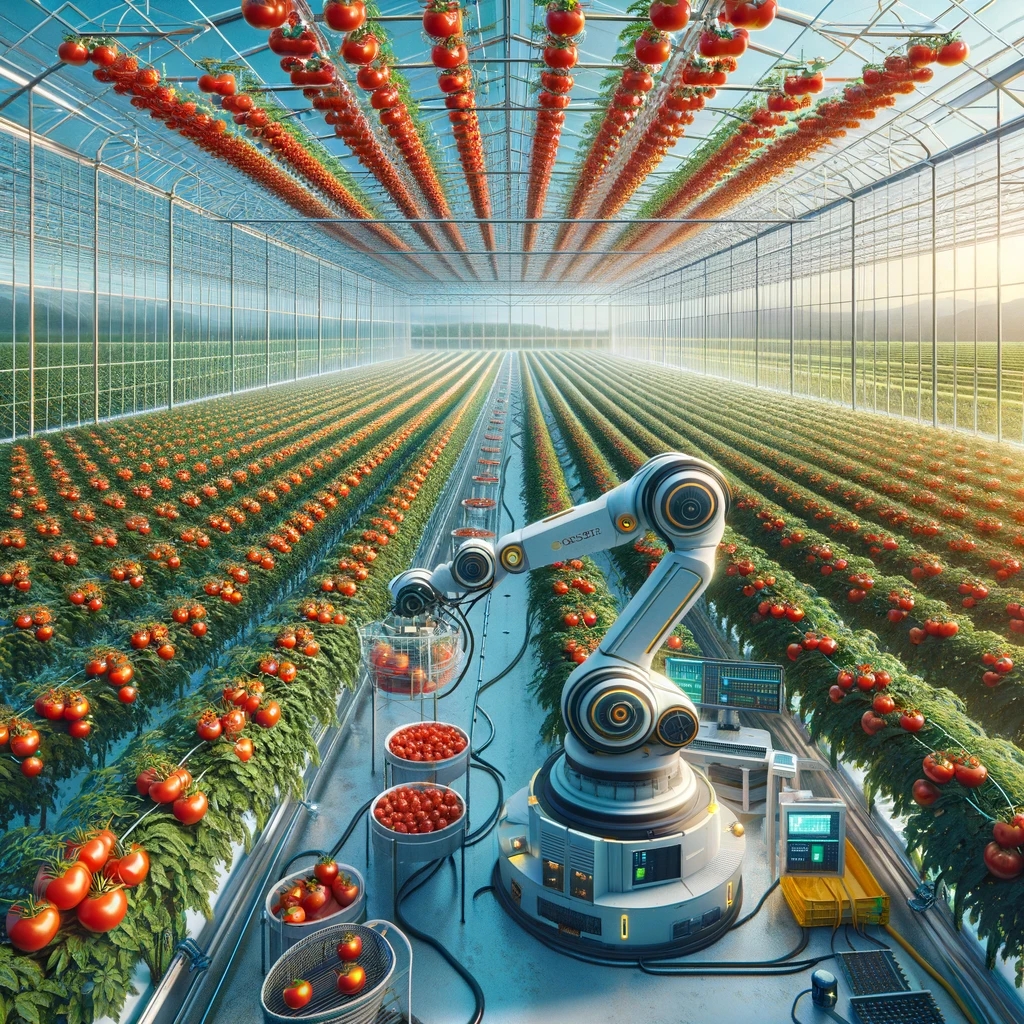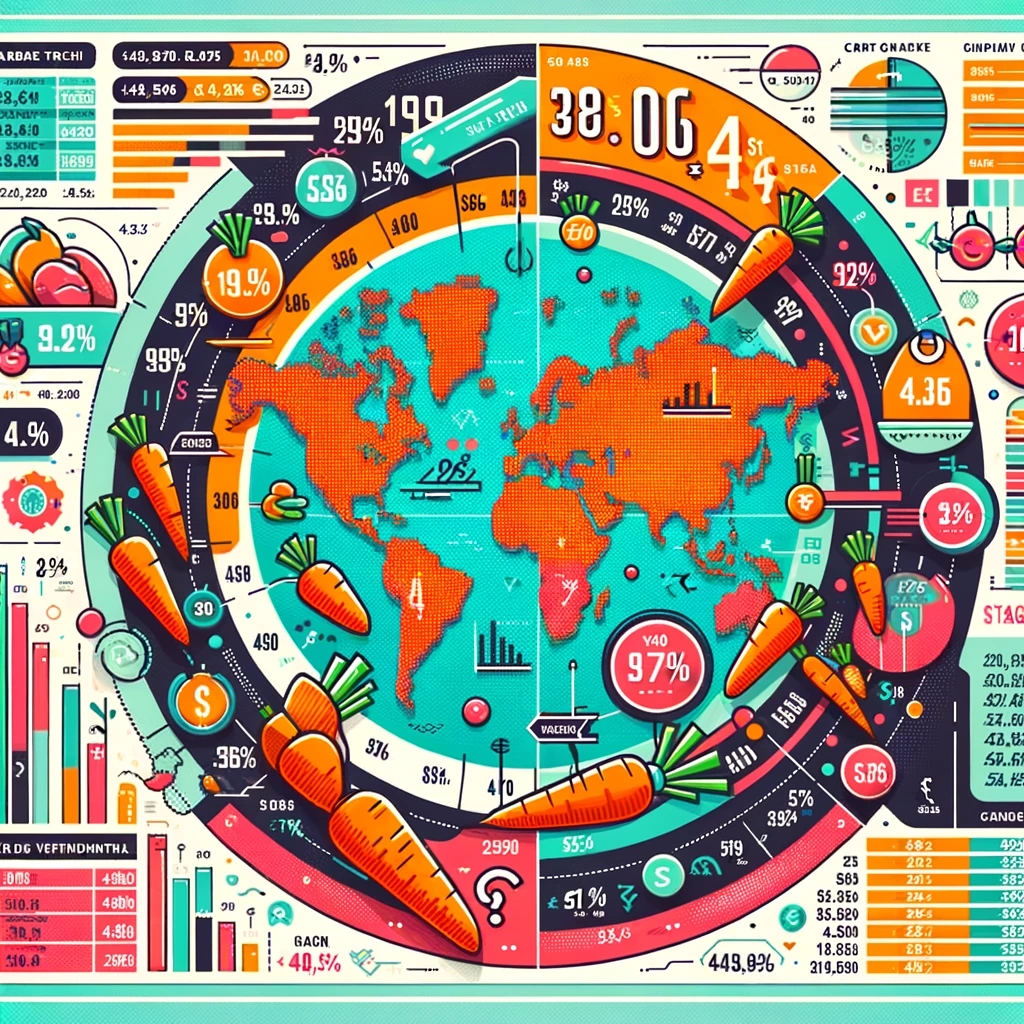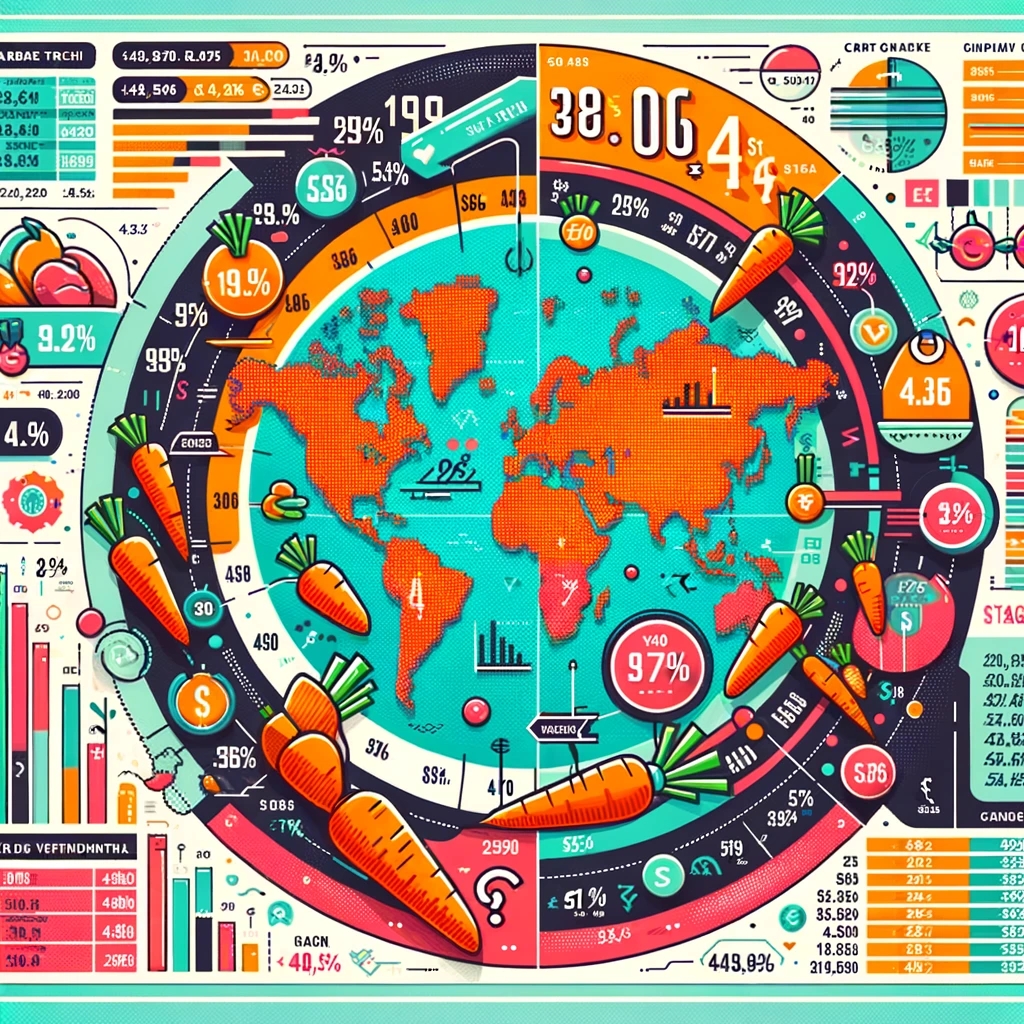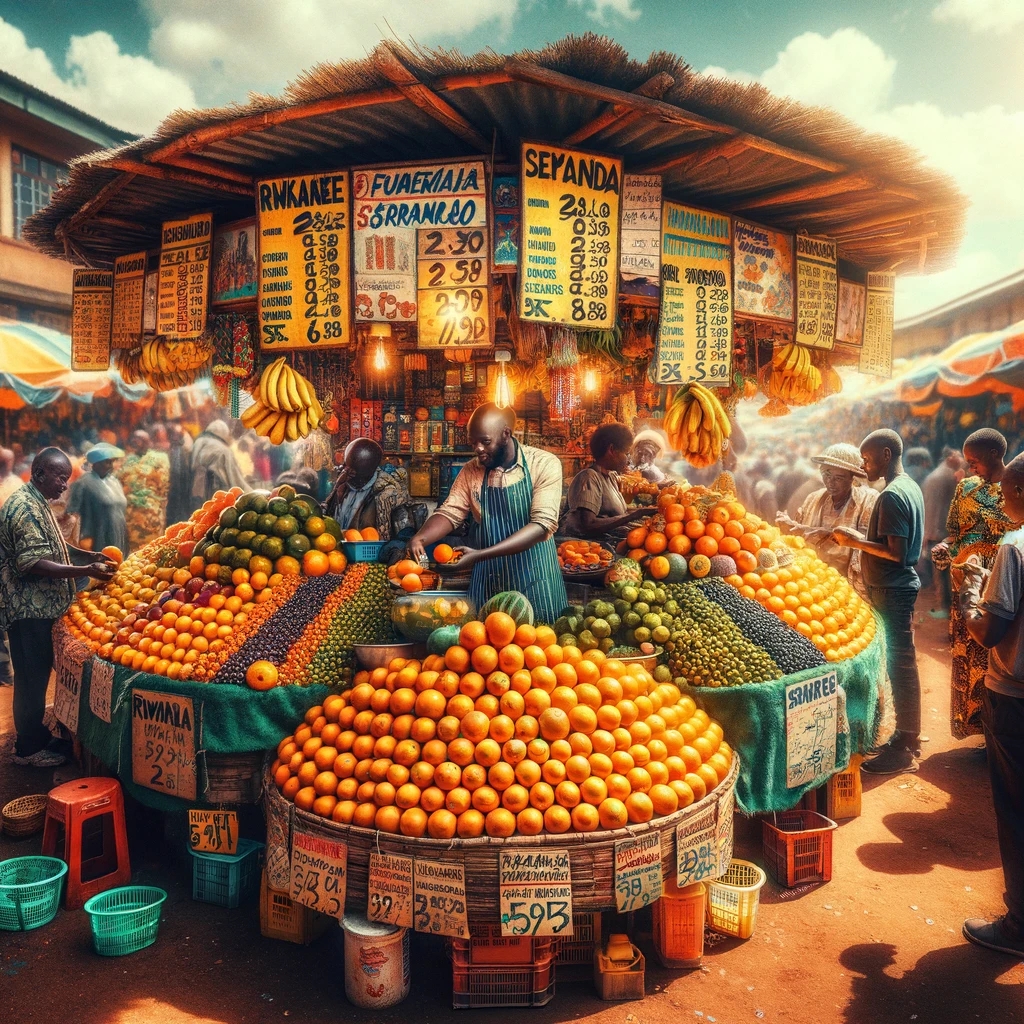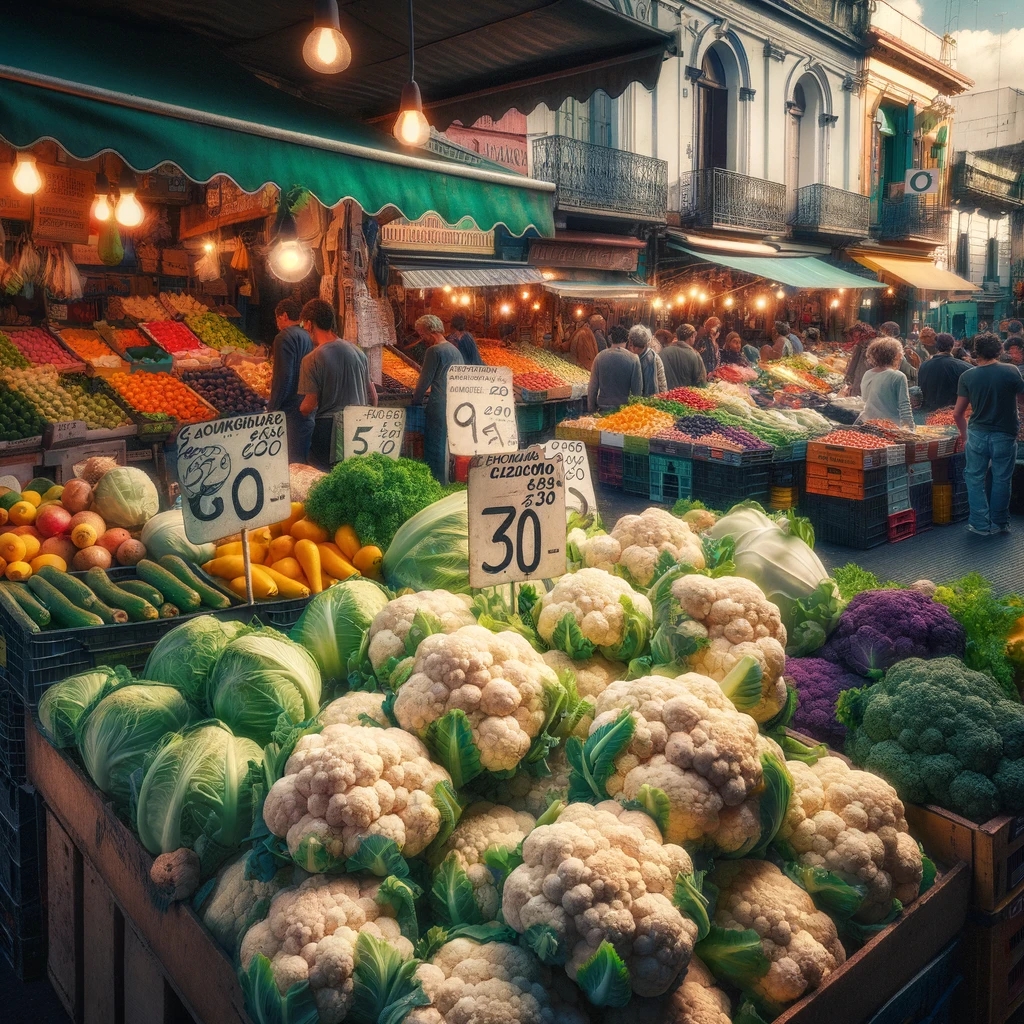In the vibrant world of agriculture, the cultivation of tomatoes stands as a testament to innovation and progress. „The Future of Tomato Farming: Modern Cultivation Techniques and Machinery” is a deep dive into the transformative approaches that are redefining the production of one of the world’s most beloved fruits. This exploration unveils the synergy between cutting-edge techniques and machinery, heralding a new era of efficiency, sustainability, and yield optimization in tomato farming. For those seeking further insights into the advancements in agricultural technology, husfarm.com serves as a valuable resource, offering a wealth of information on modern farming solutions.
Advancements in Tomato Cultivation
The journey of tomato cultivation from traditional practices to modern innovation is marked by the adoption of technologies that enhance production while minimizing environmental impact. Key to this evolution is precision agriculture, hydroponics, controlled environment agriculture (CEA), and the advent of robotic systems, each playing a pivotal role in the modern tomato farming landscape.
Precision Agriculture: Tailoring the Approach
Precision agriculture has revolutionized tomato farming by enabling precise management of water, nutrients, and pesticides through the integration of GPS technology, IoT devices, and data analytics. This approach ensures that each tomato plant receives exactly what it needs for optimal growth, significantly reducing resource waste and environmental degradation.
Hydroponics and CEA: Mastery Over the Elements
Hydroponics, the practice of growing tomatoes in a nutrient-rich water solution without soil, has emerged as a cornerstone of modern cultivation techniques. When paired with CEA, it allows for the meticulous control of environmental factors such as temperature, humidity, and light. This combination not only boosts tomato yields but also enables year-round production, irrespective of external weather conditions.
Robotic Systems and Automation: The Workforce of the Future
The integration of robotic systems and automated machinery into tomato farming is perhaps the most striking aspect of modern cultivation techniques. These innovations range from automated planting and weeding machines to sophisticated robotic harvesters equipped with advanced vision systems for identifying ripe tomatoes. Such automation addresses labor shortages, enhances productivity, and reduces the physical toll on farmers.
Sustainable Practices: Towards a Greener Tomorrow
Modern tomato cultivation is inherently linked with sustainability. Techniques like drip irrigation and integrated pest management (IPM) are employed alongside technological advancements to conserve water and reduce the use of harmful pesticides. This sustainable approach not only benefits the environment but also leads to healthier, more resilient crop production.
Navigating Challenges and Embracing Opportunities
Despite the advancements, the path to fully embracing modern cultivation techniques and machinery is fraught with challenges. High initial investments, the need for technical expertise, and adapting to rapidly evolving technologies can be daunting. However, the promise of increased yields, reduced environmental impact, and the ability to meet the growing global demand for tomatoes makes this journey worthwhile.
Conclusion
The future of tomato farming is bright, with modern cultivation techniques and machinery paving the way for a more efficient, sustainable, and productive agricultural sector. As we continue to innovate and embrace these advancements, the potential for transforming tomato farming—and agriculture as a whole—is limitless. For enthusiasts and professionals eager to stay at the forefront of agricultural innovation, husfarm.com offers a gateway to the latest trends, research, and technological developments in modern tomato production. In this new era, the cultivation of tomatoes is not just about producing food; it’s about doing so responsibly, efficiently, and sustainably for generations to come.
